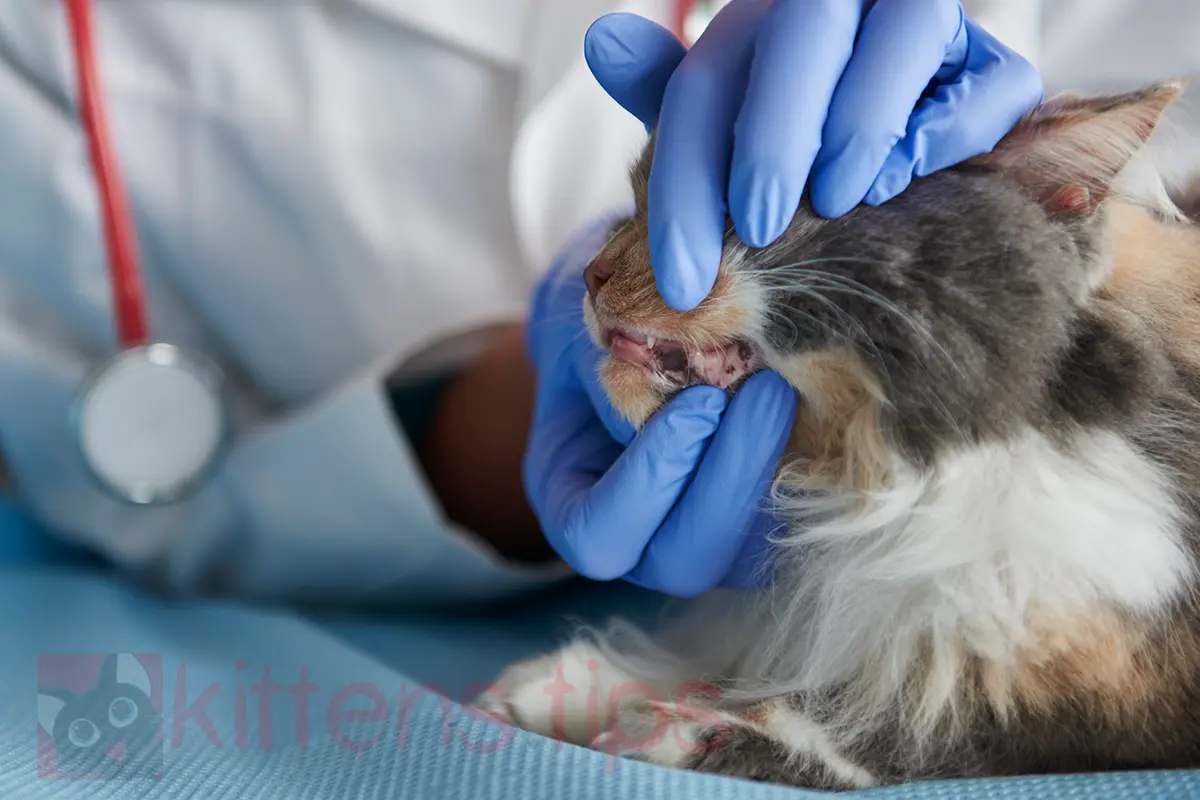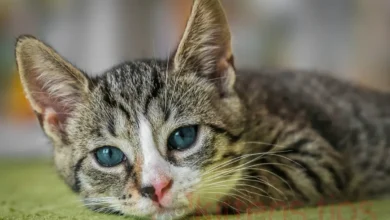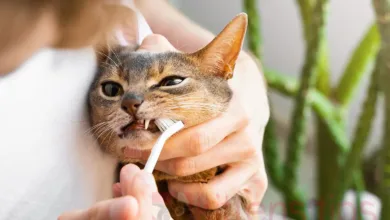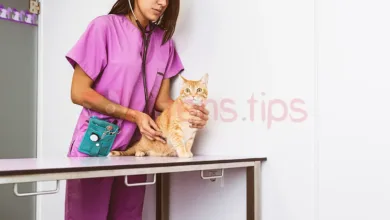
„У„Ь„І„™ „Ч„†„Щ„Ы„Щ„Щ„Э „С„Ч„™„Х„Ь„Щ„Э: „Т„Х„®„Ю„Щ„Э, „™„°„Ю„Щ„†„Щ„Э „Х„Ш„Щ„§„Х„Ь
Similar to humans, gingivitis in cats is the inflammation of the gums and can be caused by various factors. Healthy cat gums should be light pink and should not show swelling, bleeding, or signs of inflammation.
Let’s delve into the causes of gingivitis in cats, its symptoms, treatment, and how to prevent this oral condition.
„™„Х„Ы„Я „Ф„Ґ„†„Щ„Щ„†„Щ„Э
Causes of Gingivitis in Cats
Cat gums are exposed to a variety of stress factors, including irritants, allergens, bacteria, and abrasive substances in their food. Normally, the immune system manages these factors, maintaining the health of gums and oral mucosa. However, issues can arise in certain situations:
1. Weak immune response: A weakened immune system can allow pathogens to multiply, triggering inflammation.
2. Hyperactive immune response: Conversely, an overactive immune system can cause inflammation in response to a stimulus that would otherwise be harmless.
The primary cause of gingivitis in cats can often be challenging to identify, but there are several possible causes considered:
Bacterial Infections: Pathogenic bacteria are often present in the mouths of cats with gingivitis, serving as both a primary cause and a secondary complication that exacerbates an initially mild form of gingivitis. This is one of the most common causes triggering gingivitis in cats.
„Ц„Щ„Ф„Х„Э „Х„Щ„®„Р„Ь„Щ: Feline Calicivirus (FCV) is a common cause of gingivitis in cats, and sometimes Feline Herpesvirus (FHV) may be involved. Two other viruses that may play a role, although without a precisely defined role, are Feline Leukemia Virus (FeLV) and Feline Immunodeficiency Virus (FIV), affecting the cat’s immune system without being directly linked to gingival inflammation.
„Ю„Ч„Ь„Х„™ „Ч„Щ„°„Х„†„Щ„Х„™: Inflammation of the oral mucosa can reflect an autoimmune disease or an exaggerated immune system response to normal stress factors, such as bacteria and toxins accumulated in dental plaque. Poor dental hygiene predisposes cats to gingivitis.
Improper Nutrition: Inadequate nutrition can contribute to the formation of dental plaque and, consequently, gingivitis in cats.
Other Specific Causes: Inflammation of the mucosa can also be caused by physical irritation (caused by irritant materials or plants), pre-precursor metabolic problems of systemic diseases (renal failure, azotemia), weakened immune system (due to genetic diseases in breeds like Persian and Abyssinian), or systemic issues such as diabetes, cancer, or chemotherapy.
Symptoms of Gingivitis in Cats
Symptoms of gingivitis in cats include various clinical manifestations that can affect their quality of life. Common symptoms include:
Unpleasant Breath Odor (Halitosis): The presence of bad breath can be a sign of gingival inflammation.
Difficulty Swallowing (Dysphagia): Affected cats may experience difficulty swallowing, leading to food refusal.
„™„Щ„Р„С„Х„Я „Ю„Х„§„Ч„™: Gingivitis can affect the cat’s appetite, causing them to eat less than usual.
„®„Щ„Х„® „Ю„Х„Т„Ц„Э: Cats with gingivitis may exhibit excessive salivation, indicating oral discomfort.
„У„Щ„Ю„Х„Э „Ю„Ф„§„Ф: Obvious bleeding from the mouth is a clear symptom of gingivitis, which can be observed during eating or dental brushing.
„Ы„§„Ф „Ґ„Ь „Ф„§„Ф: Cats may attempt to alleviate discomfort by rubbing their paws at their mouths.
Oral Pain: Pain during oral examination can be observed, and the cat may show sensitivity to touch.
„Щ„®„Щ„У„Ф „С„Ю„©„І„Ь: Due to the discomfort associated with gingivitis, some cats may refuse to eat adequately, leading to weight loss.
„Ю„®„Р„Ф „Ь„Р „Ю„°„Х„У„®: Due to pain and discomfort, cats may not exhibit the same care for personal hygiene, manifesting a generally untidy appearance. This behavior often indicates gingivitis in cats.
Inflammation of Submandibular Lymph Nodes: In some cases, submandibular lymph nodes may become inflamed (lymphadenopathy), reflecting the immune system’s response to gingival inflammation.
„І÷Є„©„Б„Х÷Љ„®: „°„§„Щ„Т„Ф „У„†„Ш„Ь„Щ„™ „С„Ч„™„Х„Ь„Щ„Э
Treatment and Prevention of Gingivitis in Cats
The treatment and prevention of gingivitis in cats involve a comprehensive and individualized approach, with decisions made after consulting with a veterinarian. Precise diagnosis is crucial and may involve procedures such as dental X-rays to assess the health of the teeth and identify any root lesions.
Common treatment involves dental scaling, usually performed under general anesthesia to ensure the cat’s comfort and facilitate access to all areas of the oral cavity. Extraction of problematic teeth may be necessary in some cases, and in severe situations, all teeth may need to be extracted. Although it may seem drastic, this eliminates the source of gingival inflammation associated with bacterial plaque.
In cases of active pathological bacterial components, antibiotics like Clindamycin, Amoxicillin, Doxycycline, or Metronidazole may be prescribed. The choice of antibiotic depends on the veterinarian’s assessment and the specifics of each case.
For reducing inflammation, corticosteroids may be prescribed, but only if the veterinarian deems it necessary. Nonsteroidal anti-inflammatory drugs (NSAIDs) and Cyclosporine may also be used to control inflammation. In cases where the immune system is involved, oral or injectable omega interferon may be administered.
Other treatment options may include CO2 laser therapy, application of lactoferrin on gums, and stem cell therapy. It is essential to adapt the treatment plan based on the individual needs of each cat and closely monitor progress to ensure effective management of gingivitis.
Recommendation for Consultation and Treatment of Gingivitis in Cats
The diagnosis and treatment plan for gingivitis in cats should be established only by medical professionals to ensure a correct and efficient approach to managing your cat’s oral health. Before initiating any treatment, it is advisable to consult a veterinarian for evaluation and proper guidance.


